Home>Gardening & Outdoor>Landscaping Ideas>What Is The Best Lawn Grass
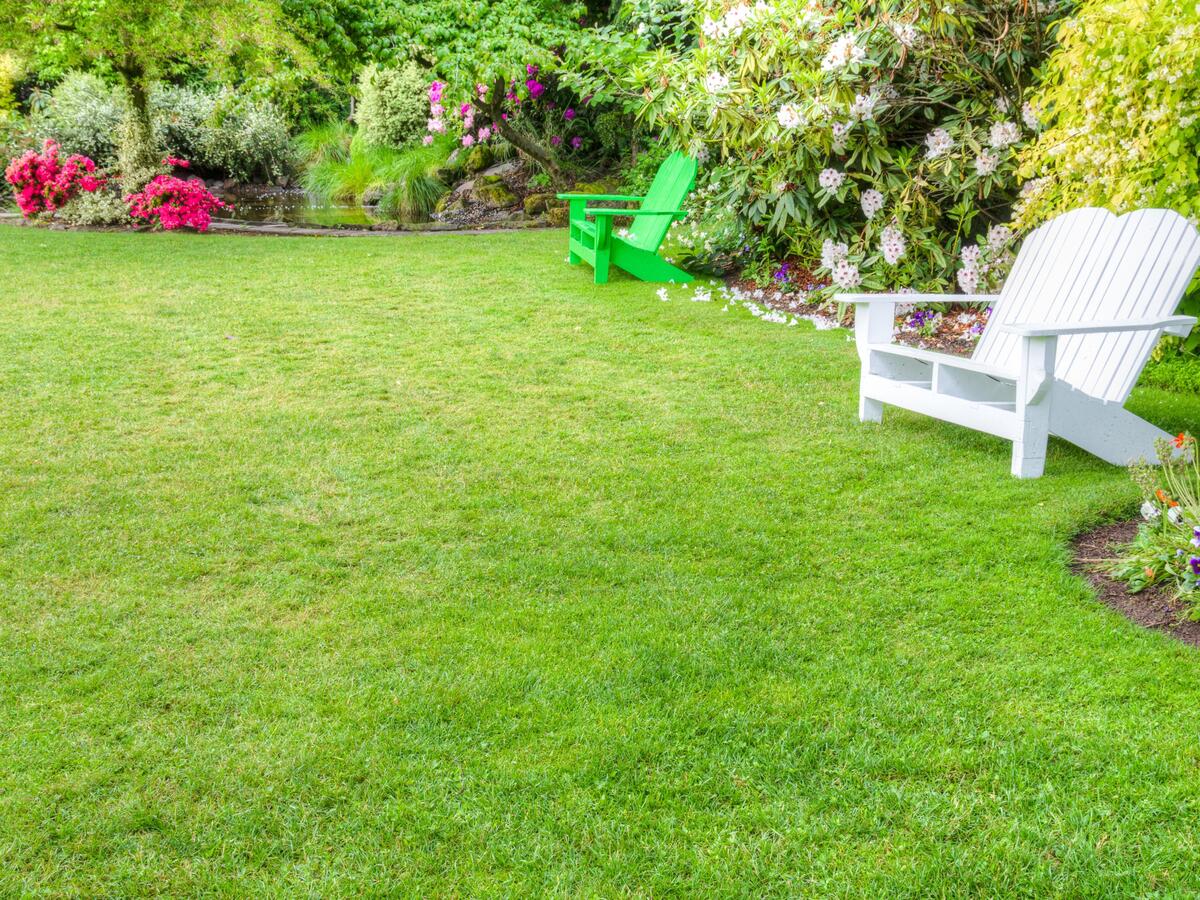

Landscaping Ideas
What Is The Best Lawn Grass
Modified: February 18, 2024
Discover the best lawn grass for your landscaping ideas. Learn about different types of grass and find the perfect fit for your yard.
(Many of the links in this article redirect to a specific reviewed product. Your purchase of these products through affiliate links helps to generate commission for Storables.com, at no extra cost. Learn more)
Introduction
Creating a lush, vibrant lawn is a dream for many homeowners. A well-maintained lawn not only enhances the aesthetic appeal of a property but also provides a space for relaxation, recreation, and social gatherings. One of the fundamental elements in achieving a beautiful lawn is selecting the right type of grass. The choice of lawn grass can significantly impact the overall appearance and resilience of the turf. Therefore, it is crucial to understand the various factors that come into play when choosing the best lawn grass for your specific needs.
In this comprehensive guide, we will explore the key considerations for selecting the optimal lawn grass, delve into the different types of grass available, and identify the best grass varieties for specific conditions such as sun exposure, shade, high-traffic areas, and low-maintenance landscapes. Whether you are a seasoned gardener or a novice homeowner looking to improve your outdoor space, this article will provide valuable insights to help you make informed decisions about your lawn grass selection.
Let's embark on a journey through the verdant world of lawn grass, where we will uncover the secrets to cultivating a resilient, verdant, and inviting lawn that will be the envy of the neighborhood.
Key Takeaways:
- Choose the right grass for your lawn by considering climate, soil type, sun exposure, water availability, maintenance level, and usage. Each grass type has unique benefits and characteristics to enhance your outdoor space.
- Whether your lawn is sunny, shaded, high-traffic, or low-maintenance, there’s a grass variety tailored to meet your specific needs. From sun-loving Bermuda grass to shade-tolerant fescue grass, the options are diverse and cater to a wide range of preferences and circumstances.
Read more: What Is The Best Type Of Grass For A Lawn
Factors to Consider When Choosing Lawn Grass
When it comes to selecting the most suitable grass for your lawn, several crucial factors should be taken into account to ensure optimal growth, appearance, and resilience. Understanding these key considerations will empower you to make an informed decision that aligns with your specific requirements and the environmental conditions of your property.
- Climate: The climate of your region plays a pivotal role in determining the type of grass that will thrive in your lawn. Consider the average temperature, precipitation levels, and seasonal variations when evaluating grass species.
- Soil Type: Different grass species have varying soil preferences. Assess the composition, drainage, and pH level of your soil to identify grass varieties that are well-suited to these conditions.
- Sun Exposure: The amount of sunlight your lawn receives is a critical factor in grass selection. Some grasses flourish in full sun, while others are more tolerant of shade. Understanding the sun exposure patterns in your yard will guide your choice of grass.
- Water Availability: Water availability and irrigation capabilities should be considered, especially in regions prone to drought or water restrictions. Select grass types that can thrive with the available water supply.
- Maintenance Level: Assess your willingness and capacity for lawn maintenance. Some grasses demand frequent mowing, fertilization, and pest control, while others are more low-maintenance.
- Usage: Consider how your lawn will be used. If it will endure heavy foot traffic, such as from children and pets, opt for a durable grass variety that can withstand wear and tear.
By carefully evaluating these factors, you can narrow down the options and identify the most suitable grass types for your lawn. Each element contributes to the overall health and appearance of your turf, ensuring that your chosen grass will thrive in its environment and provide a lush, inviting landscape for years to come.
Different Types of Lawn Grass
When it comes to selecting the ideal grass for your lawn, it’s essential to understand the various types of grass available and their distinct characteristics. Different grass species offer unique benefits and are well-suited to specific environmental conditions. By familiarizing yourself with the diverse options, you can make an informed decision that aligns with your preferences and the requirements of your lawn.
Warm-Season Grasses: These grasses thrive in warm climates and exhibit optimal growth during the summer months. Varieties such as Bermuda grass, Zoysia grass, and St. Augustine grass are known for their heat tolerance and resilience in hot, sunny conditions. They are popular choices for lawns in southern regions.
Cool-Season Grasses: Ideal for cooler climates, cool-season grasses flourish in the spring and fall, maintaining their vibrant green color during these seasons. Kentucky bluegrass, fine fescue, and perennial ryegrass are common cool-season grasses known for their ability to withstand cold temperatures and moderate shade.
Transition Zone Grasses: In regions with fluctuating climates that experience both warm summers and cold winters, transition zone grasses offer adaptability. They can endure a wide range of temperature variations, making them suitable for areas where both warm-season and cool-season grasses may struggle.
Drought-Resistant Grasses: For areas prone to water scarcity or drought conditions, drought-resistant grasses such as Buffalo grass and tall fescue are excellent choices. These grass varieties have evolved to withstand limited water availability, making them well-suited to arid or semi-arid regions.
Each type of grass has its own set of characteristics, including growth patterns, maintenance requirements, and aesthetic qualities. By understanding the distinctions between warm-season, cool-season, transition zone, and drought-resistant grasses, you can narrow down your options and select the most suitable grass type for your specific climate and landscape.
Best Lawn Grass for Sun
When it comes to selecting the best grass for sun-drenched areas, several resilient and sun-loving grass varieties stand out. These grasses thrive in full sunlight, exhibiting excellent heat tolerance and vibrant greenery even in the hottest conditions. If your lawn receives ample sunlight throughout the day, consider the following top choices:
- Bermuda Grass: Known for its exceptional heat tolerance and rapid growth, Bermuda grass is a popular choice for sunny lawns. It forms a dense, lush carpet of fine-textured blades and can withstand heavy foot traffic, making it ideal for active outdoor spaces.
- Zoysia Grass: Zoysia grass excels in sunny environments, displaying impressive heat and drought tolerance. Its dense growth pattern and attractive appearance make it a sought-after option for lawns exposed to full sun.
- Bahia Grass: This hardy warm-season grass is well-suited to sunny locations, thriving in hot climates and exhibiting resilience in the face of drought and heat stress. Bahia grass is known for its durability and ability to establish deep root systems.
- Centipede Grass: With its low-maintenance nature and ability to thrive in full sunlight, centipede grass is an excellent choice for sunny lawns. Its minimal fertilizer requirements and moderate shade tolerance make it a practical and visually appealing option.
These sun-loving grass varieties are well-equipped to withstand the intense heat and sunlight that characterizes sunny landscapes. By selecting a grass type that is specifically tailored to thrive in full sun, you can ensure that your lawn remains verdant and resilient, creating an inviting outdoor space for relaxation and recreation.
Consider the climate and soil type in your area when choosing a lawn grass. For warm climates, Bermuda and Zoysia grass are good options, while cool-season grasses like Kentucky bluegrass and fescue are better for colder regions.
Best Lawn Grass for Shade
Shaded areas present unique challenges for lawn grass, as reduced sunlight can impact the growth and vibrancy of traditional grass varieties. However, several shade-tolerant grasses have adapted to thrive in these conditions, providing lush greenery and resilience even in low-light environments. If your lawn is predominantly shaded, consider the following top choices for shade-tolerant grass:
- Fescue Grass: Fine fescue and tall fescue varieties are renowned for their shade tolerance, making them excellent options for lawns with limited sunlight. These grasses maintain their vibrant green color and exhibit impressive adaptability in shaded areas.
- St. Augustine Grass: St. Augustine grass demonstrates notable shade tolerance, thriving in partially shaded landscapes. Its broad, coarse blades and rich green hue make it a popular choice for lawns with varying light conditions.
- Zoysia Grass: While known for its preference for sunlight, certain varieties of Zoysia grass, such as Emerald Zoysia, exhibit moderate shade tolerance, making them suitable for lawns with dappled sunlight or partial shade.
- Creeping Bentgrass: This cool-season grass variety is well-adapted to shaded environments, maintaining its fine texture and vibrant color even in low-light conditions. It is a preferred choice for shaded lawns in cooler climates.
These shade-tolerant grass varieties have evolved to thrive in reduced sunlight, allowing homeowners to maintain vibrant, healthy lawns in areas where traditional grasses may struggle. By selecting a grass type that is specifically tailored to thrive in shaded environments, you can transform your shaded lawn into a verdant and inviting outdoor space.
Read more: What Is The Best Lawn Grass Fertilizer
Best Lawn Grass for High Traffic Areas
Lawns that experience heavy foot traffic, whether from children playing, pets roaming, or frequent social gatherings, require resilient grass varieties that can withstand the wear and tear associated with such activity. Choosing the right grass for high-traffic areas is essential to ensure that your lawn remains lush, verdant, and able to recover from constant use. Consider the following top choices for grass varieties that excel in high-traffic environments:
- Kentucky Bluegrass: Renowned for its durability and self-repairing capabilities, Kentucky bluegrass is an excellent choice for high-traffic lawns. It forms a dense, fine-textured turf that can withstand frequent use and quickly recuperate from damage.
- Perennial Ryegrass: With its rapid germination and robust growth, perennial ryegrass is well-suited to high-traffic areas. It exhibits exceptional wear tolerance and resilience, making it a popular choice for lawns that endure consistent foot traffic.
- Tall Fescue: Known for its deep root system and tough, coarse blades, tall fescue is an ideal grass variety for high-traffic landscapes. It can withstand heavy use and recovers well from damage, maintaining its lush appearance even in active outdoor spaces.
- Zoysia Grass: Certain varieties of Zoysia grass, such as Emerald Zoysia, exhibit notable resilience in high-traffic areas. With its dense growth pattern and ability to recuperate from wear, Zoysia grass is a practical choice for lawns that experience frequent use.
These resilient grass varieties are specifically tailored to thrive in high-traffic environments, ensuring that your lawn remains verdant and visually appealing despite constant activity. By selecting a grass type that can withstand heavy foot traffic, you can create a durable and inviting outdoor space that accommodates recreational and social activities without compromising its lush appearance.
Best Lawn Grass for Low Maintenance
For homeowners seeking a lush, verdant lawn with minimal upkeep, selecting a low-maintenance grass variety is paramount. These grasses require less mowing, fertilization, and watering, making them an ideal choice for individuals with limited time for lawn care. When aiming for a low-maintenance lawn, consider the following top choices for grass varieties that thrive with minimal intervention:
- Zoysia Grass: Zoysia grass is celebrated for its low-maintenance nature, requiring infrequent mowing and minimal fertilization. Its dense growth pattern and natural resistance to pests and diseases contribute to its ease of care, making it an excellent choice for low-maintenance lawns.
- Bahia Grass: With its exceptional drought tolerance and minimal fertilizer requirements, Bahia grass is an ideal option for low-maintenance landscapes. It thrives in sunny environments and requires little intervention to maintain its verdant appearance.
- Buffalo Grass: Renowned for its ability to thrive in arid conditions and its minimal water needs, Buffalo grass is a top choice for low-maintenance lawns. Its slow growth rate reduces the frequency of mowing, making it a practical option for those seeking a hassle-free lawn.
- Centipede Grass: Centipede grass is well-suited to low-maintenance landscapes, requiring minimal fertilization and exhibiting natural resistance to many common lawn pests. Its slow growth and low water requirements contribute to its ease of care.
These low-maintenance grass varieties are specifically tailored to thrive with minimal intervention, allowing homeowners to enjoy a vibrant, healthy lawn without the need for extensive upkeep. By selecting a grass type that demands little maintenance, you can create a visually appealing and inviting outdoor space that complements a busy lifestyle while enhancing the beauty of your property.
Conclusion
Choosing the best grass for your lawn is a decision that significantly impacts the overall health, appearance, and resilience of your outdoor space. By considering essential factors such as climate, soil type, sun exposure, water availability, maintenance level, and usage, you can make an informed decision that aligns with the specific requirements of your landscape. Understanding the diverse types of grass available, including warm-season, cool-season, transition zone, and drought-resistant varieties, empowers you to select the most suitable grass type for your climate and environmental conditions.
Whether your lawn is bathed in sunlight, shaded by trees, subjected to high foot traffic, or requires minimal maintenance, there are grass varieties tailored to meet these specific needs. From sun-loving Bermuda grass to shade-tolerant fescue grass, and from resilient Kentucky bluegrass for high-traffic areas to low-maintenance Buffalo grass, the options are diverse and cater to a wide range of preferences and circumstances.
Ultimately, the best lawn grass for your property is one that not only thrives in its environment but also enhances the beauty and functionality of your outdoor space. By selecting the right grass variety, you can create a lush, inviting lawn that serves as a focal point of natural beauty, a space for relaxation and recreation, and a source of pride for your home. The careful consideration of factors, coupled with an understanding of the diverse grass types available, will guide you toward making a choice that ensures the long-term vibrancy and health of your lawn.
As you embark on the journey of selecting the perfect grass for your lawn, remember that each variety offers unique benefits and characteristics. By leveraging this knowledge and aligning it with your specific needs and preferences, you can cultivate a resilient, verdant, and inviting lawn that enriches the visual appeal and livability of your property for years to come.
Frequently Asked Questions about What Is The Best Lawn Grass
Was this page helpful?
At Storables.com, we guarantee accurate and reliable information. Our content, validated by Expert Board Contributors, is crafted following stringent Editorial Policies. We're committed to providing you with well-researched, expert-backed insights for all your informational needs.
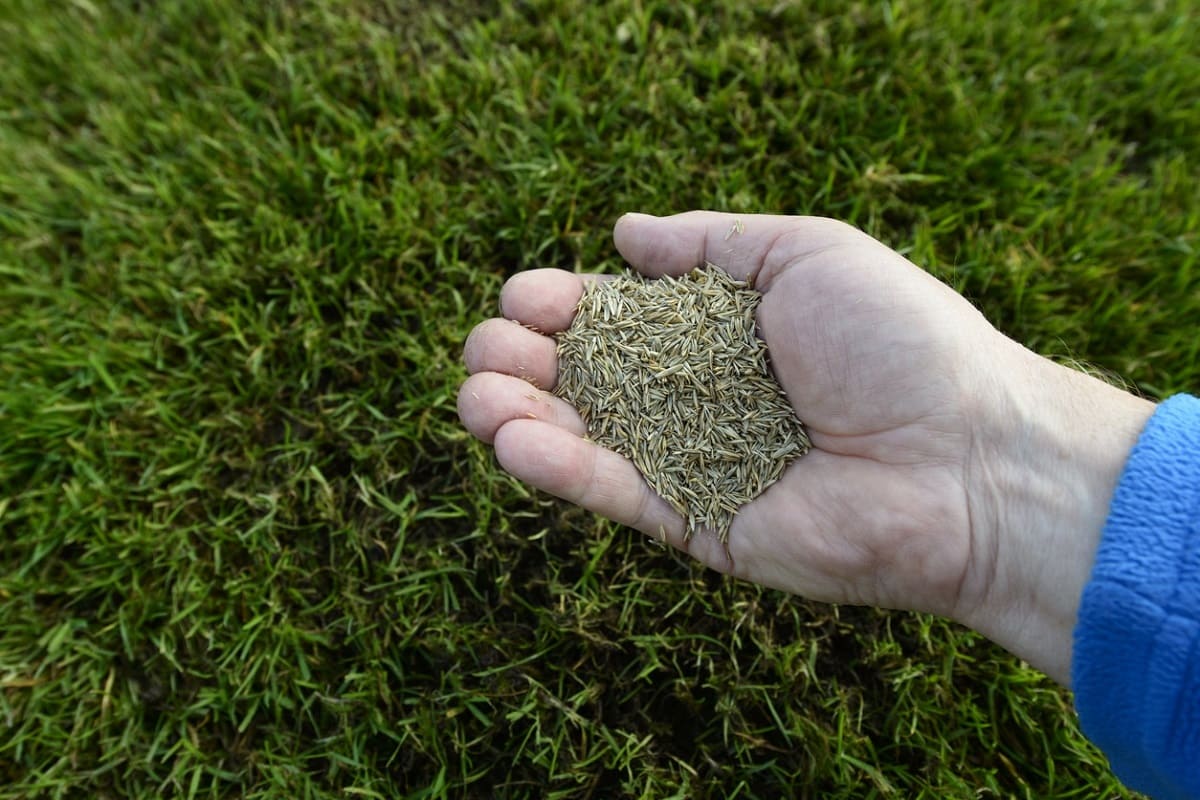
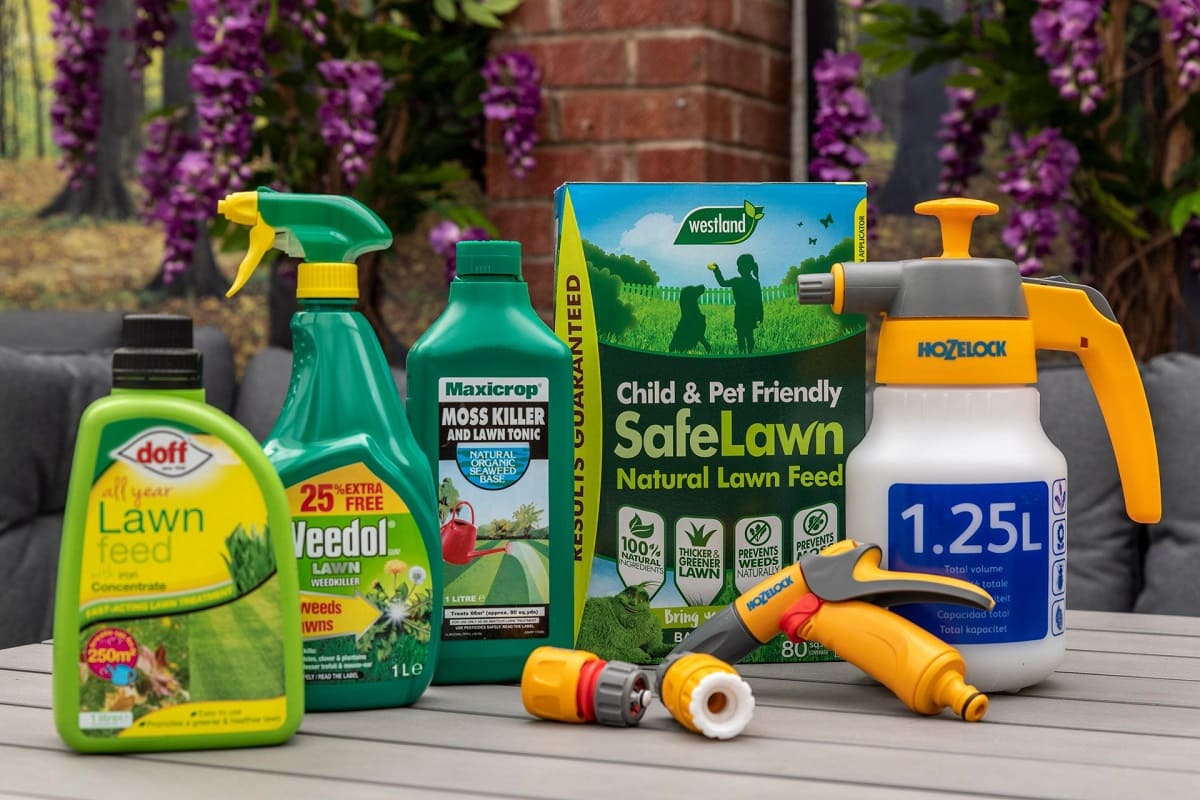
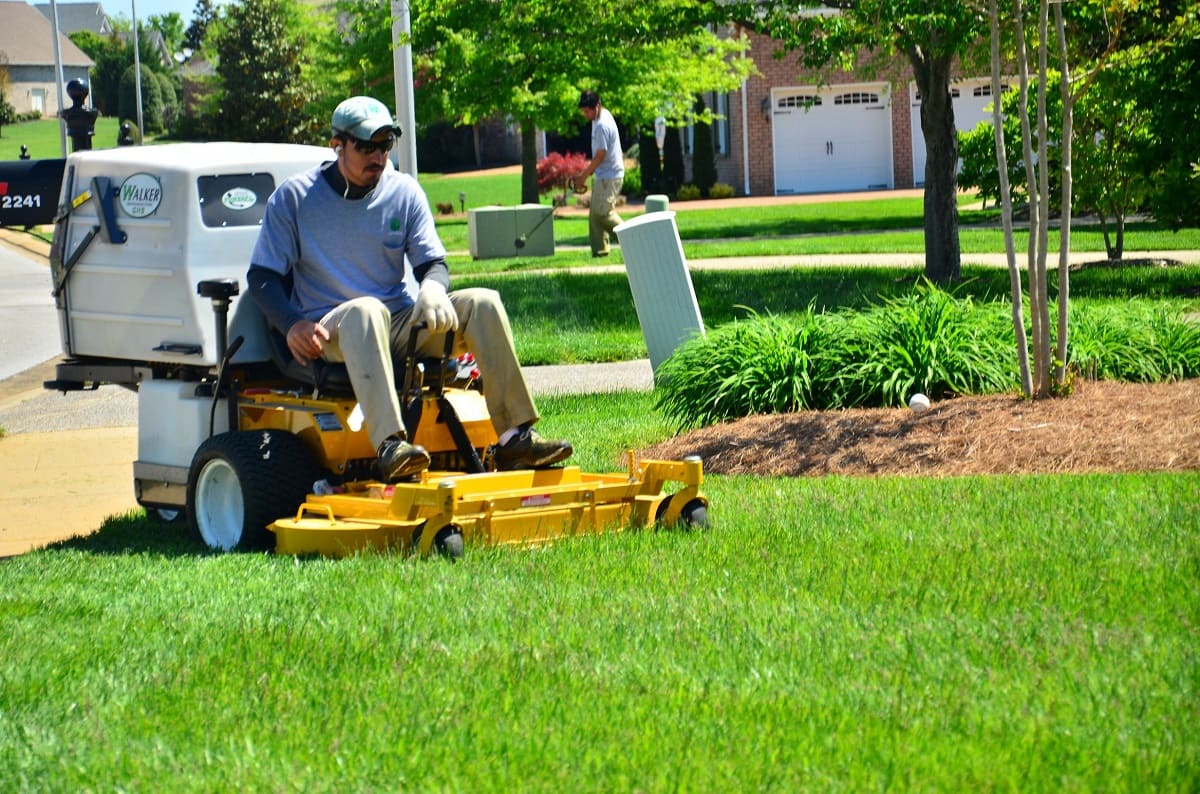
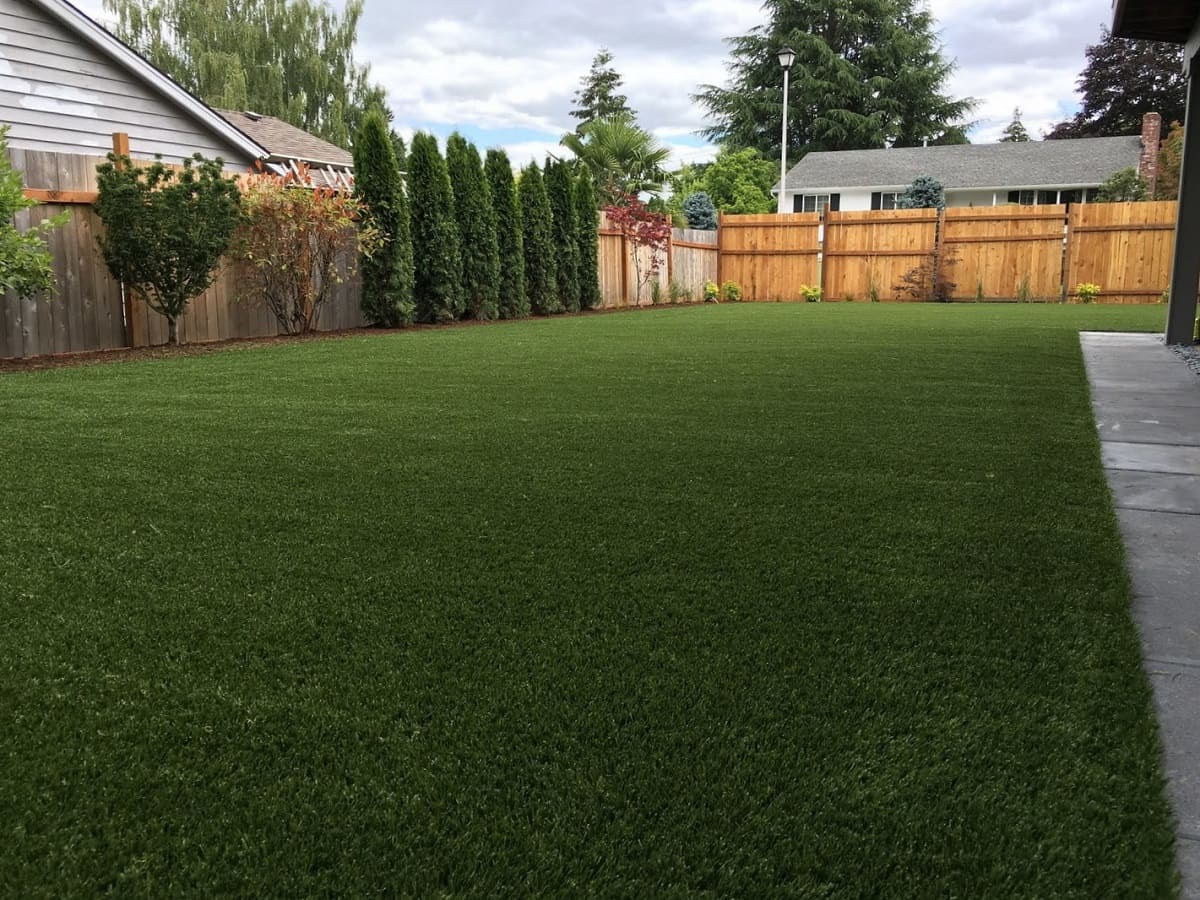
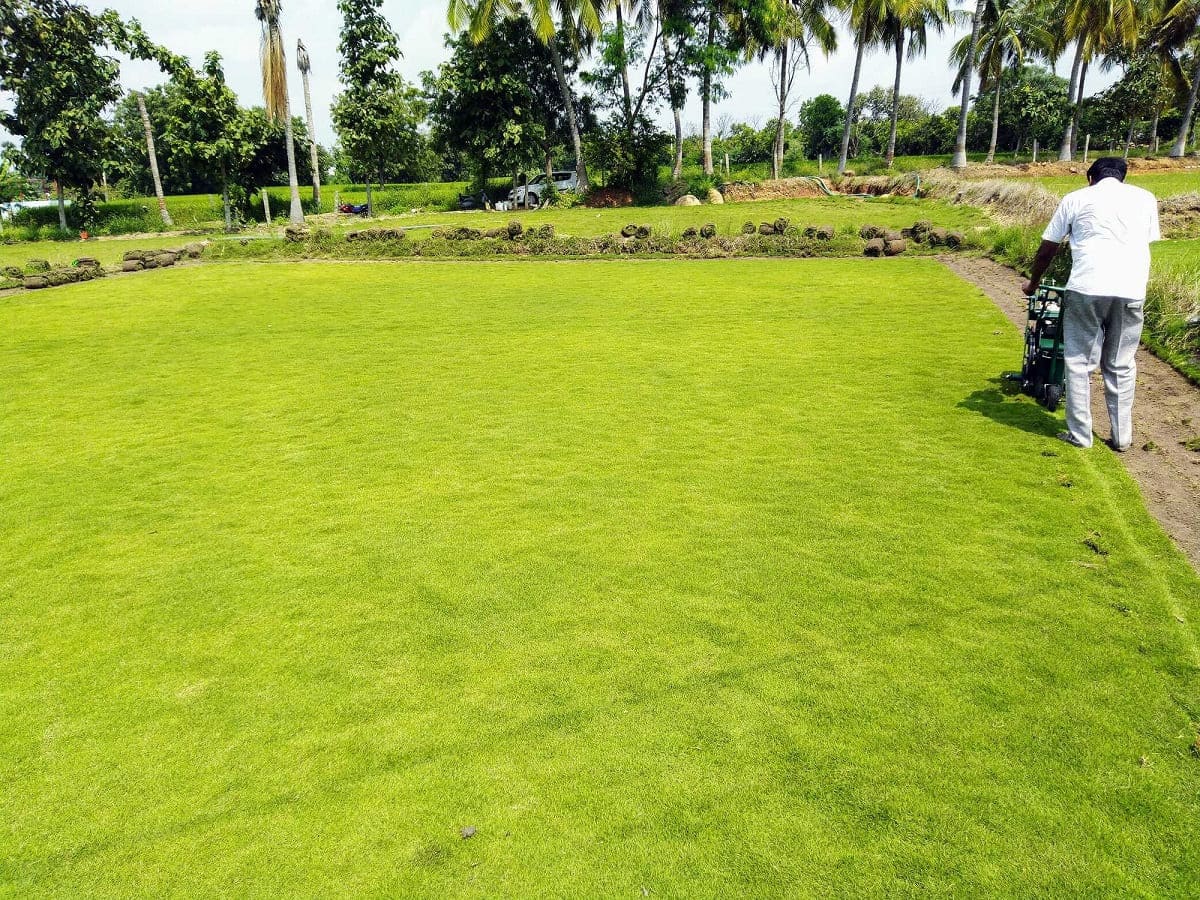
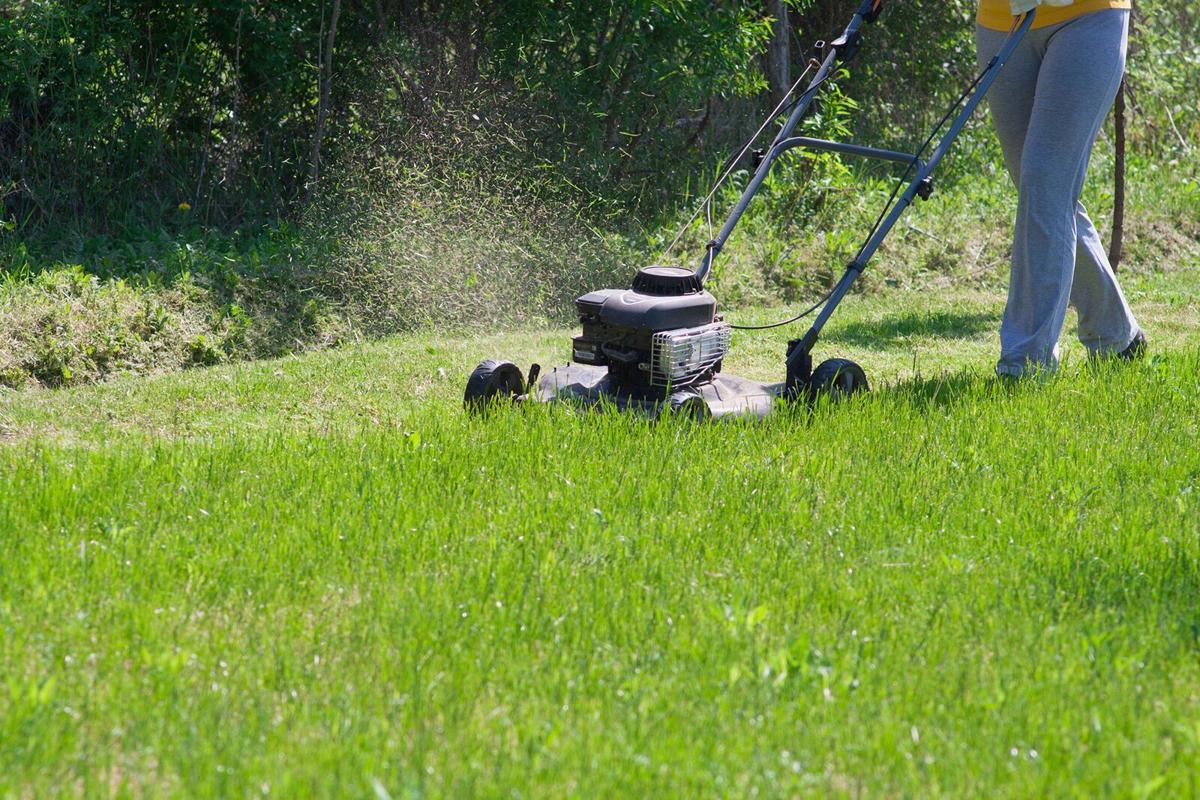
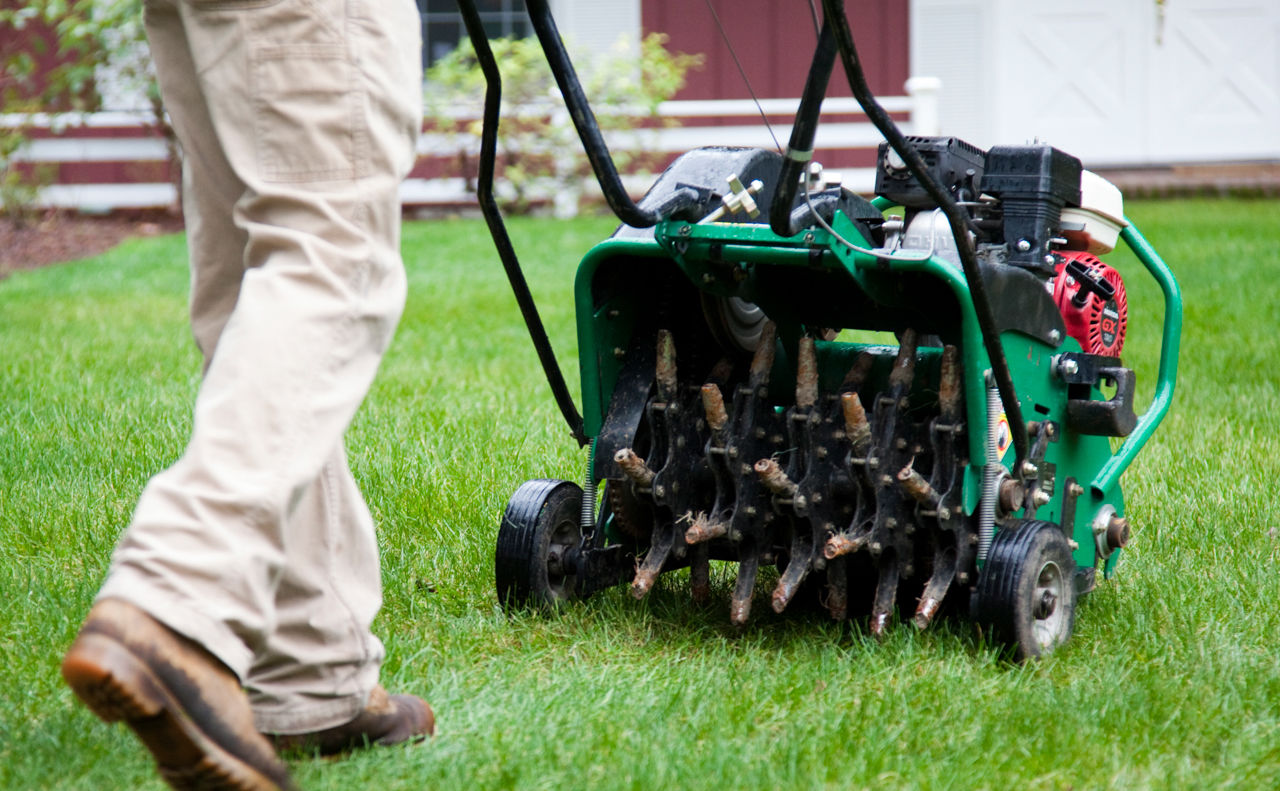
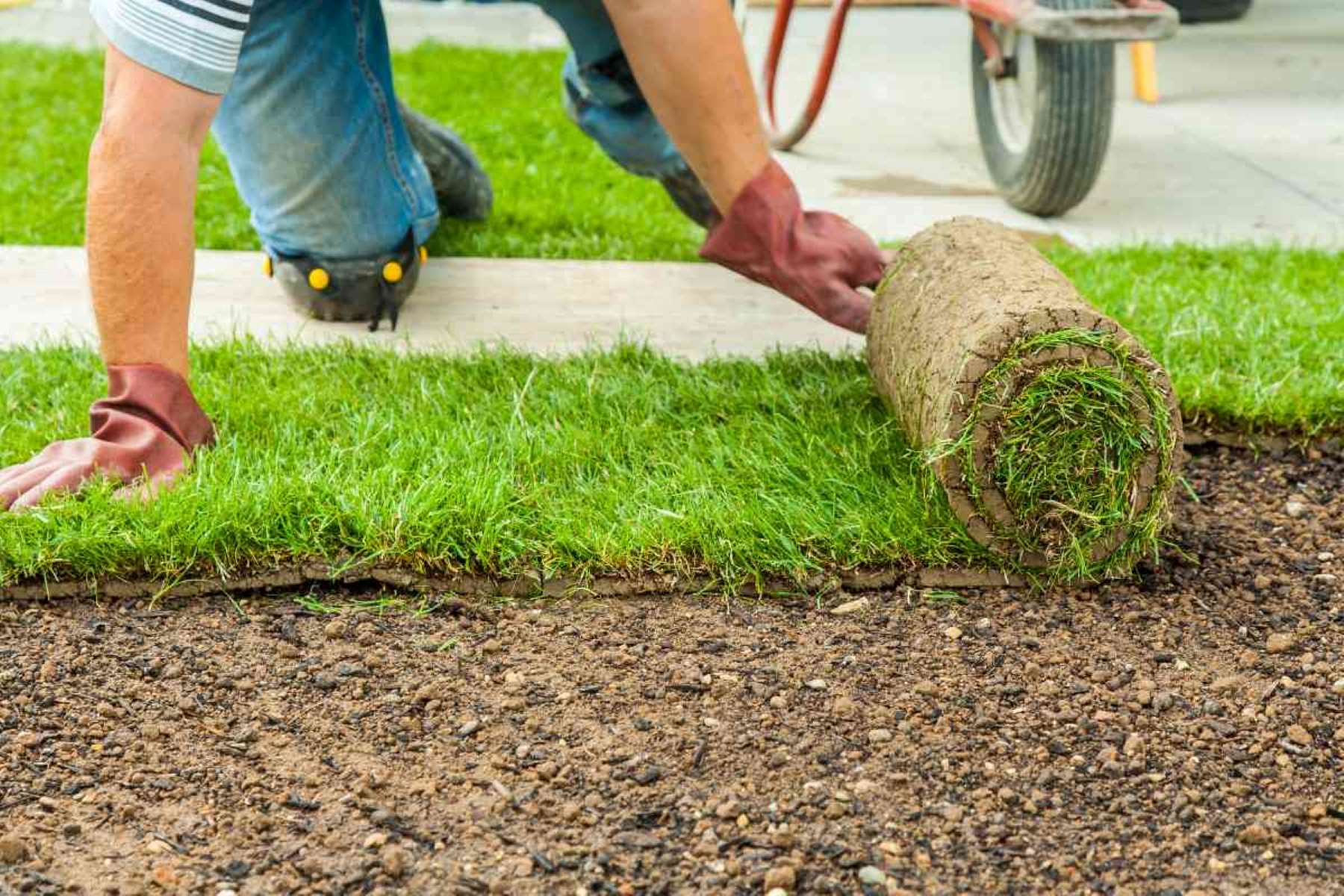
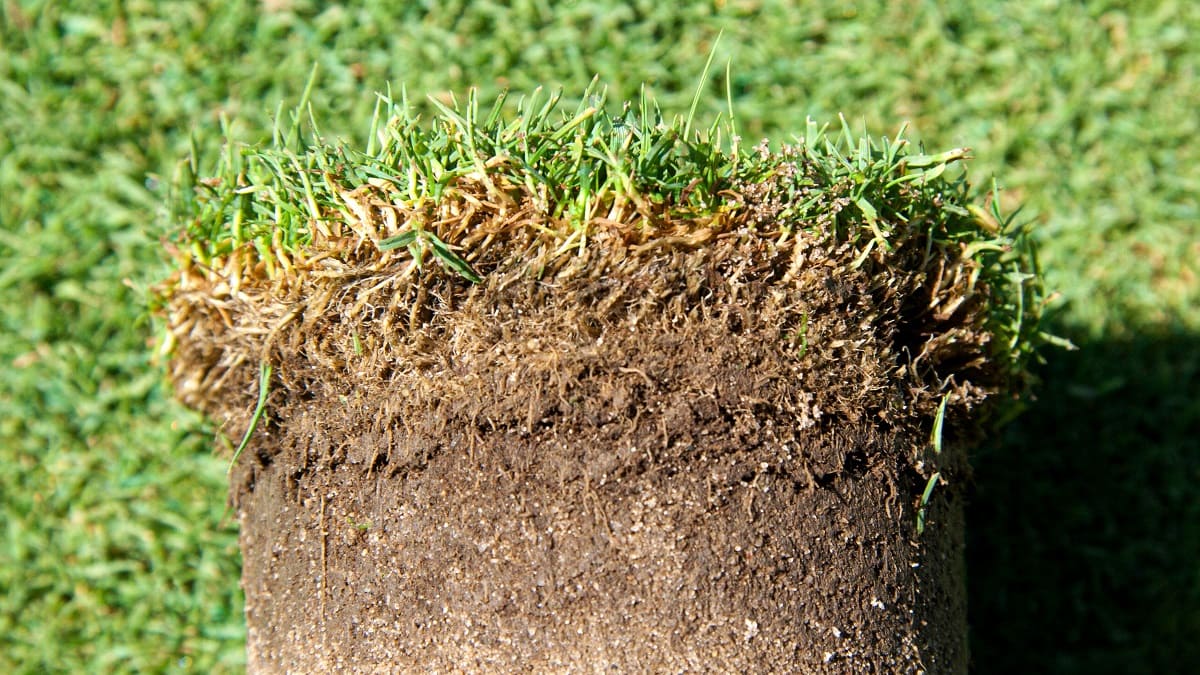
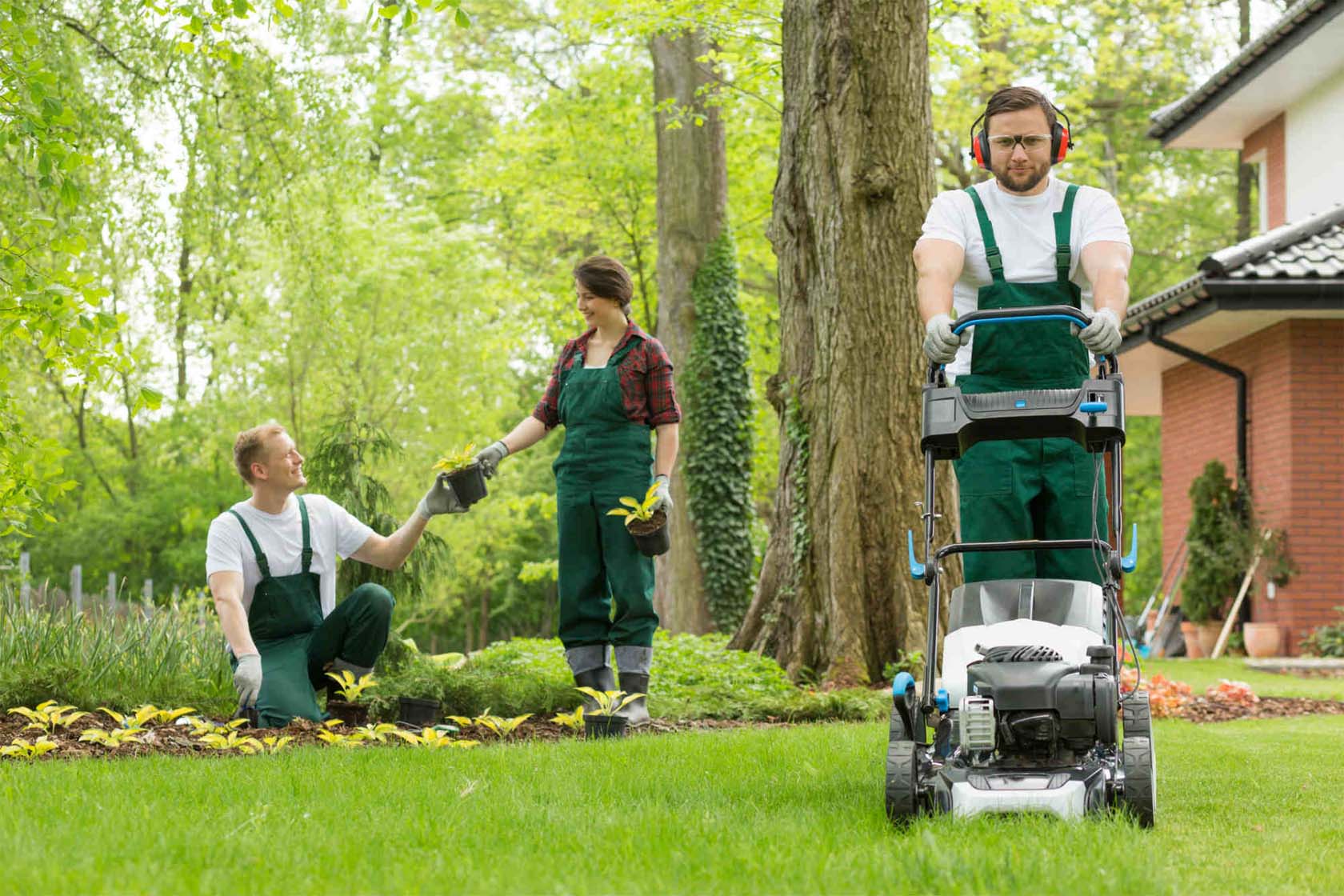
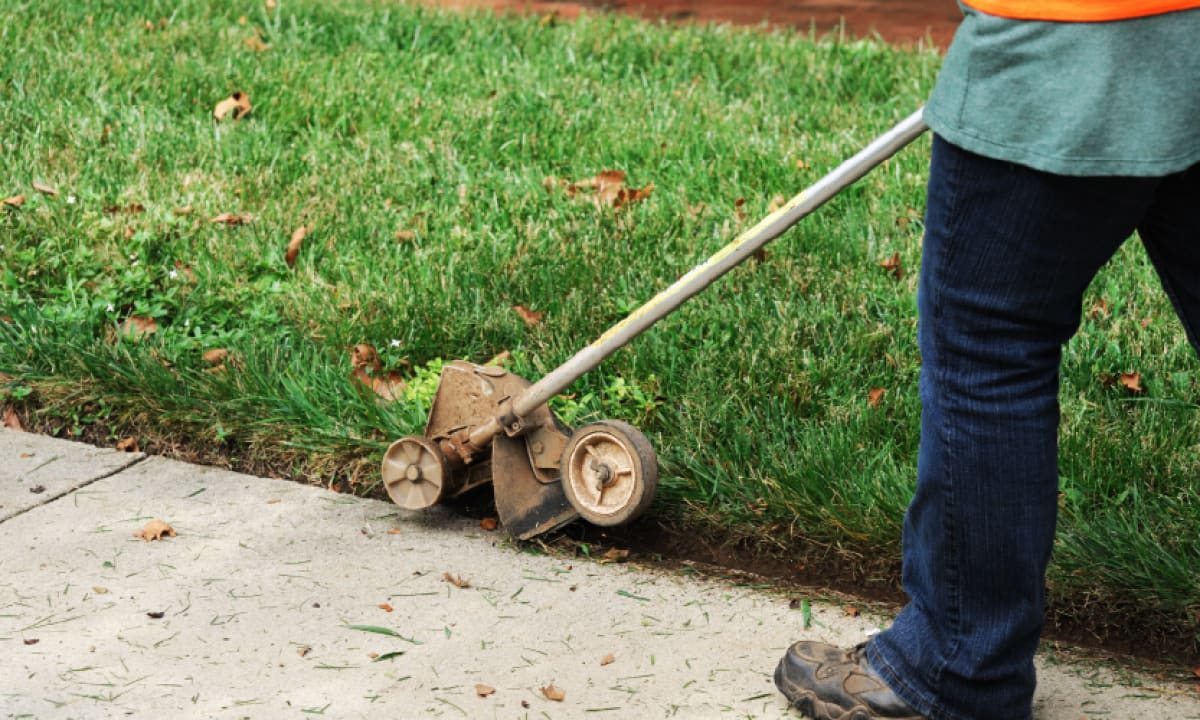
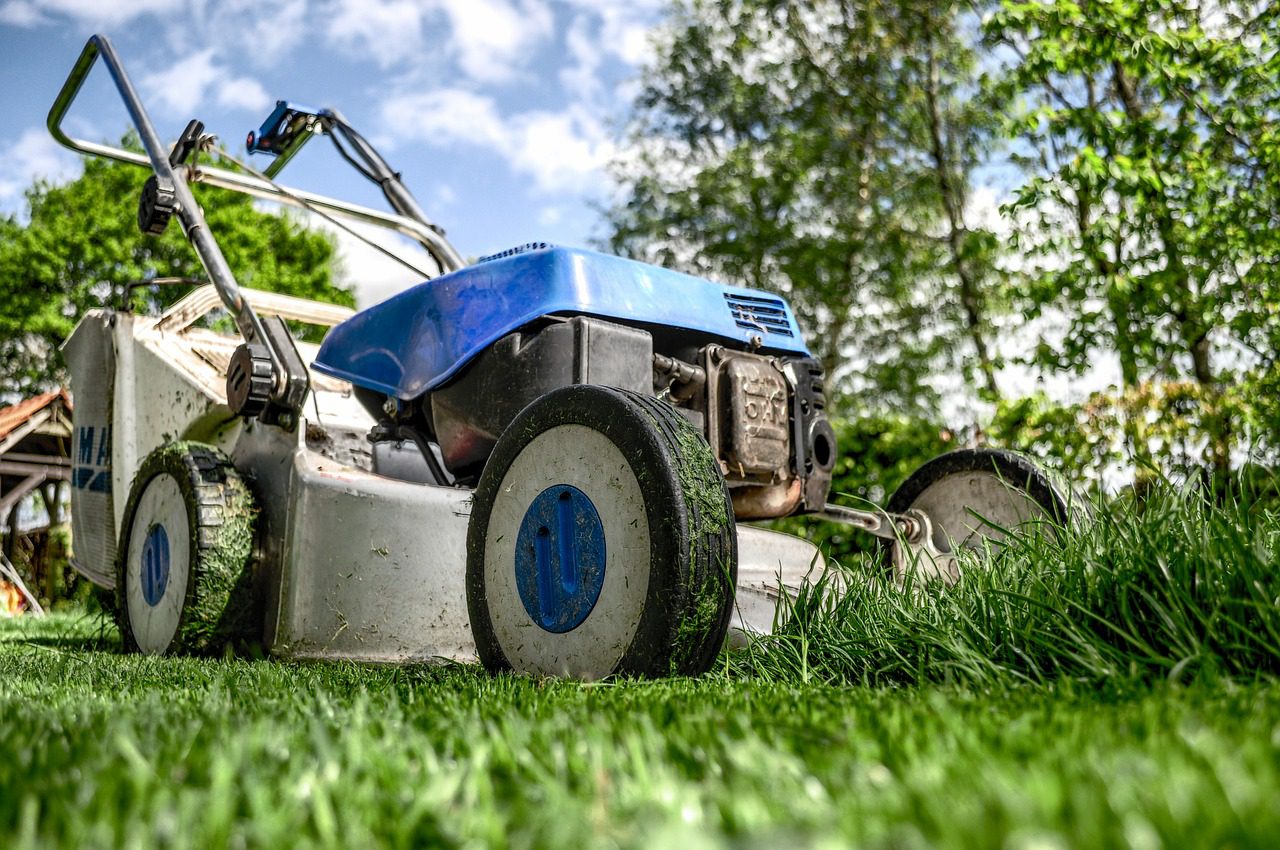
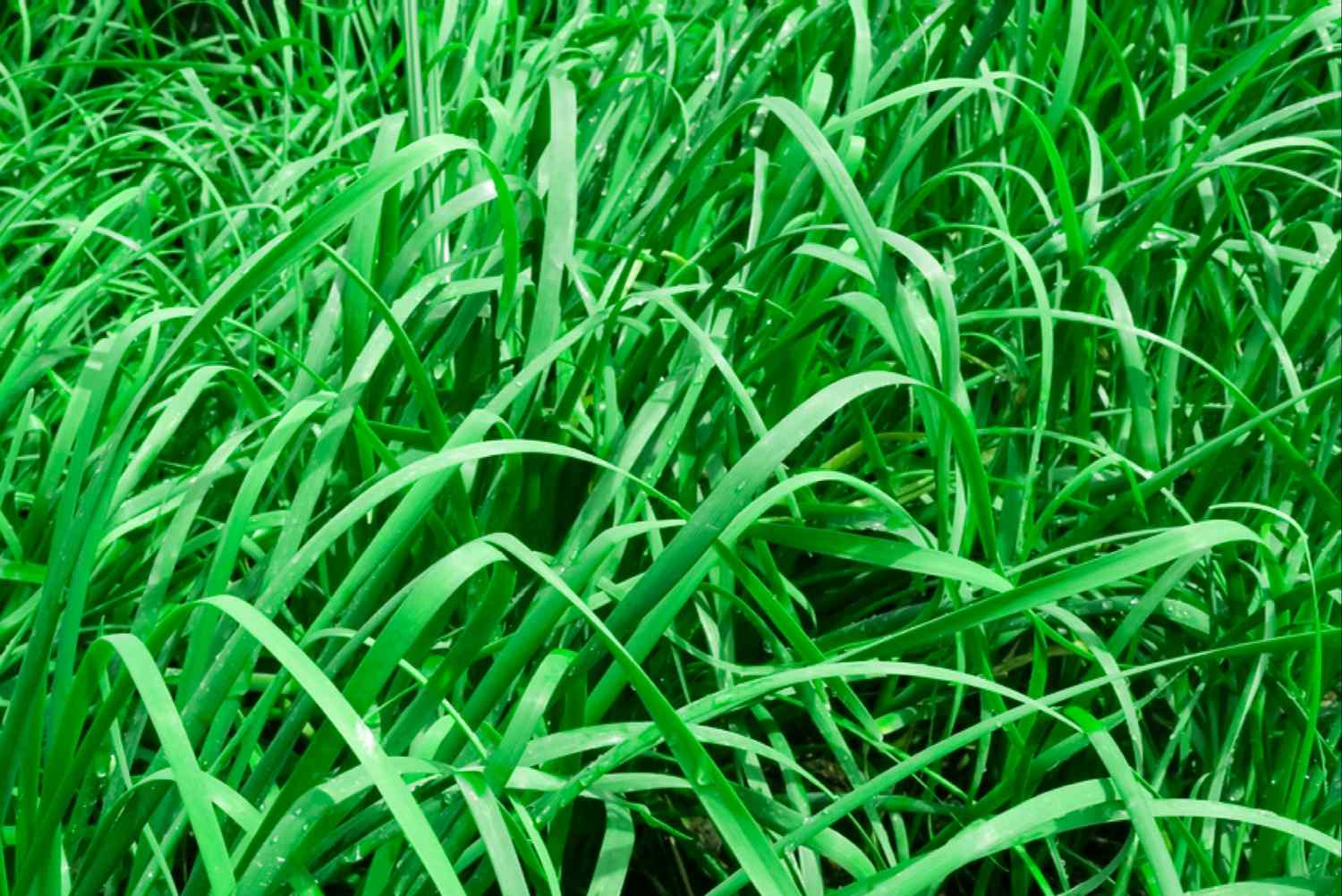
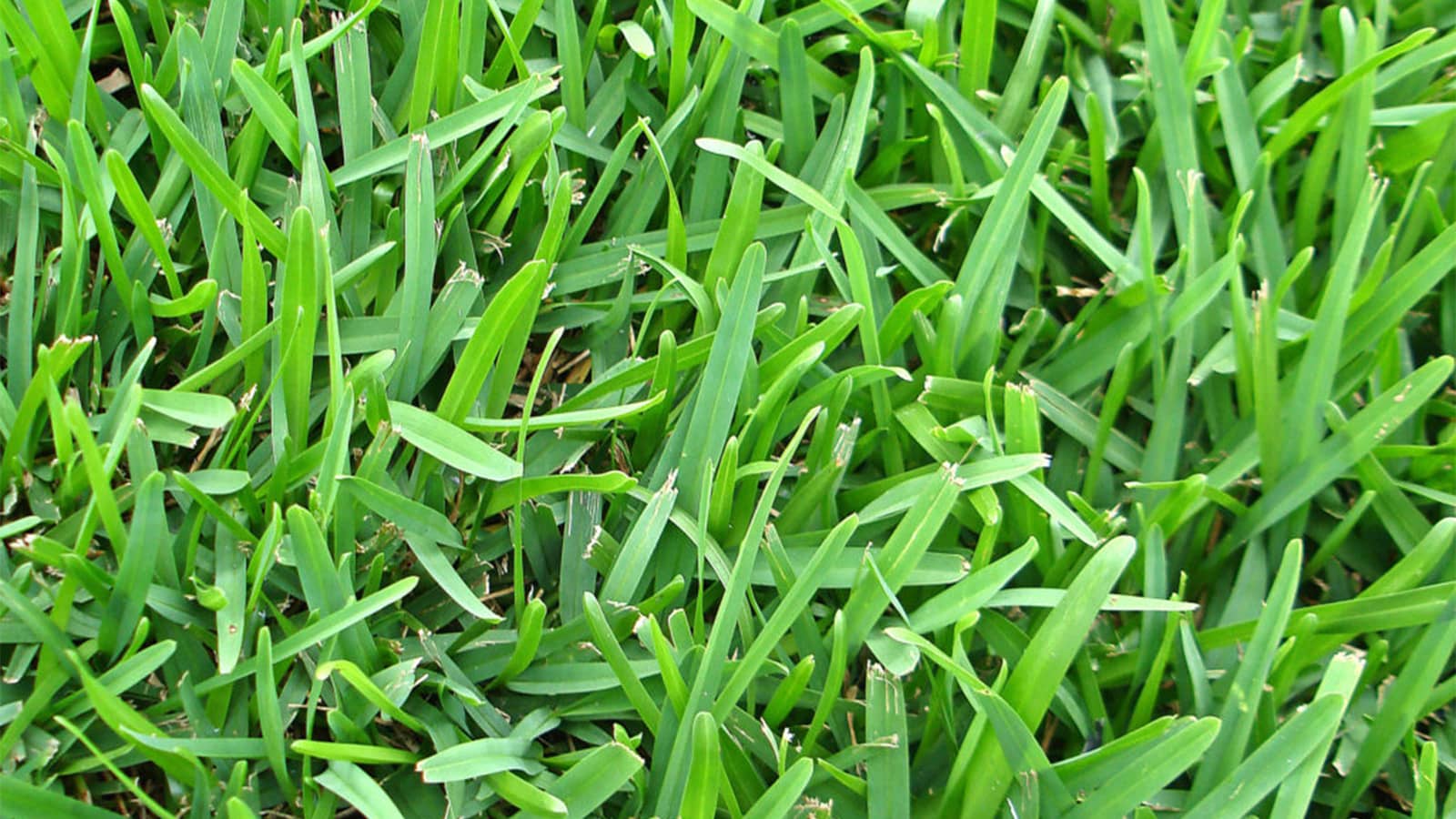

0 thoughts on “What Is The Best Lawn Grass”